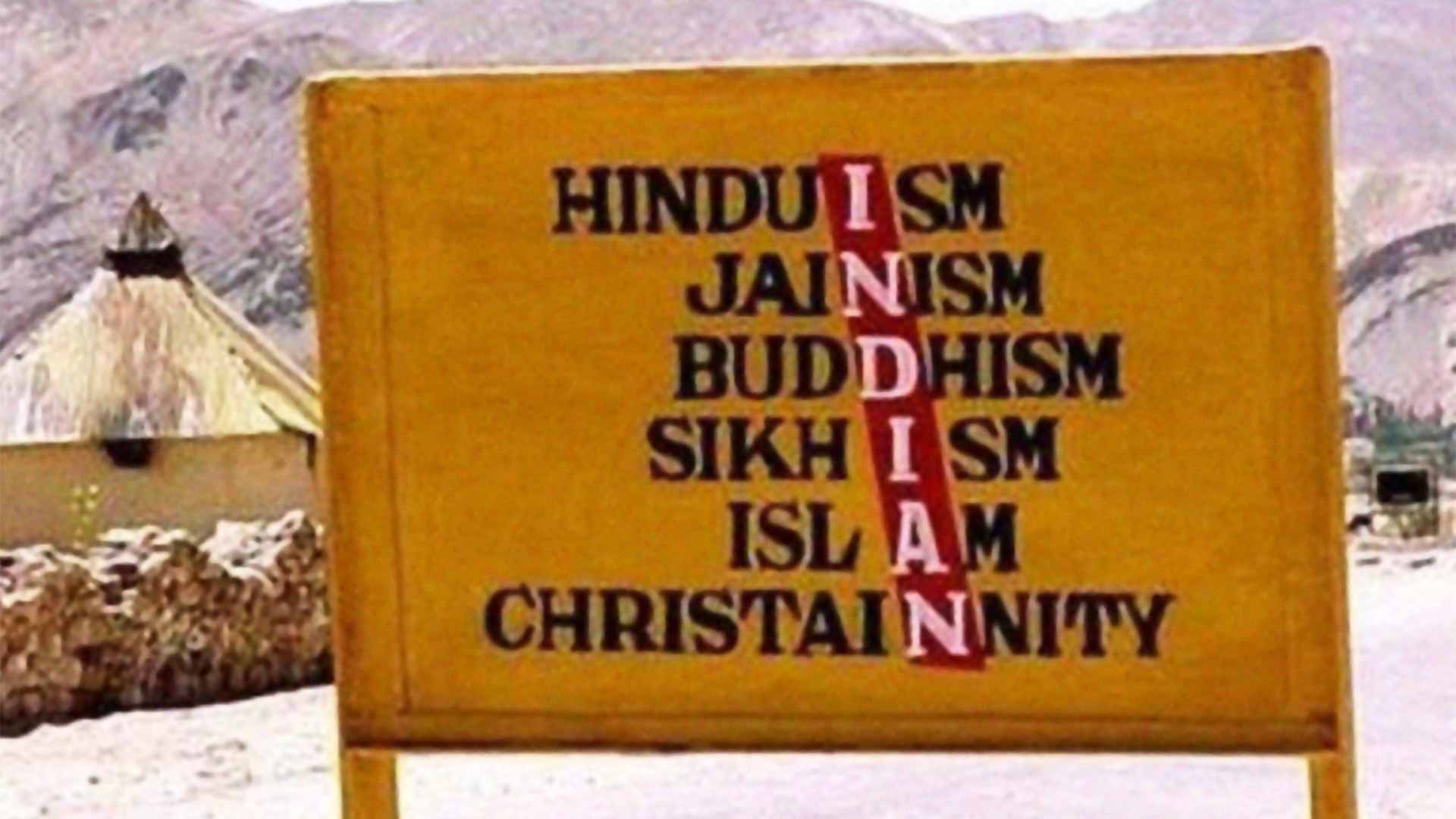
India is one of the most religiously diverse countries in the world. While Hinduism is the majority religion, India is also home to significant populations of Muslims, Christians, Sikhs, Buddhists, Jains, and others. Each community contributes to the country’s rich cultural and spiritual landscape. Religious festivals, rituals, and places of worship, such as temples, mosques, churches, gurdwaras, and monasteries, are integral to daily life and public spaces.
India’s long history of coexistence and interaction among faiths reflects a deep-rooted diversity that continues to shape its social fabric.
For example, in the video story below, we explore the diversity of India’s capital, Delhi, which illustrates some aspects of the country’s religious landscape.
The secular state tradition in India is strong and very much alive in the capital Delhi. This freedom to practice any religion dates back hundreds of years.
Interfaith Excursion in India
A quiz inspires a group of young people in Delhi, India, to visit various religious sites, where they reflect on and share their experiences from these visits.
This film raise important questions. Here are a few to consider as you explore diversity in India:
- In what way can interfaith excursion contribute to a sense of community between people with different religious identity?
- How can we include religions that do not have traditional religious buildings into the interfaith excursion or dialogues?
Looking Afresh – Video Documentary
Additional Resources
Watch our video story on the Assam case for more information on India and its complexity, or browse our For Educators page for more resources on teaching.
Related Resources
Find digital tools produced in cooperation with partners and researchers from different regions.



